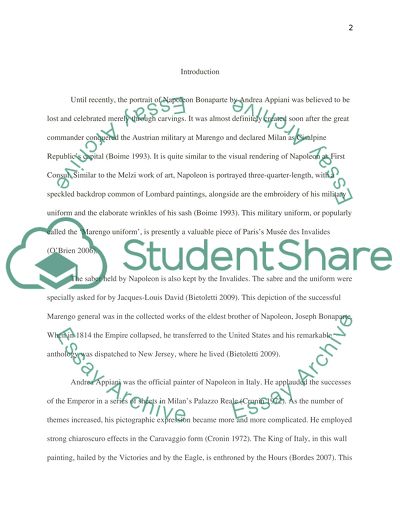Cite this document
(“The Napoleon Bonaparte Term Paper Example | Topics and Well Written Essays - 2500 words”, n.d.)
Retrieved from https://studentshare.org/miscellaneous/1572102-the-napoleon-bonaparte
Retrieved from https://studentshare.org/miscellaneous/1572102-the-napoleon-bonaparte
(The Napoleon Bonaparte Term Paper Example | Topics and Well Written Essays - 2500 Words)
https://studentshare.org/miscellaneous/1572102-the-napoleon-bonaparte.
https://studentshare.org/miscellaneous/1572102-the-napoleon-bonaparte.
“The Napoleon Bonaparte Term Paper Example | Topics and Well Written Essays - 2500 Words”, n.d. https://studentshare.org/miscellaneous/1572102-the-napoleon-bonaparte.


